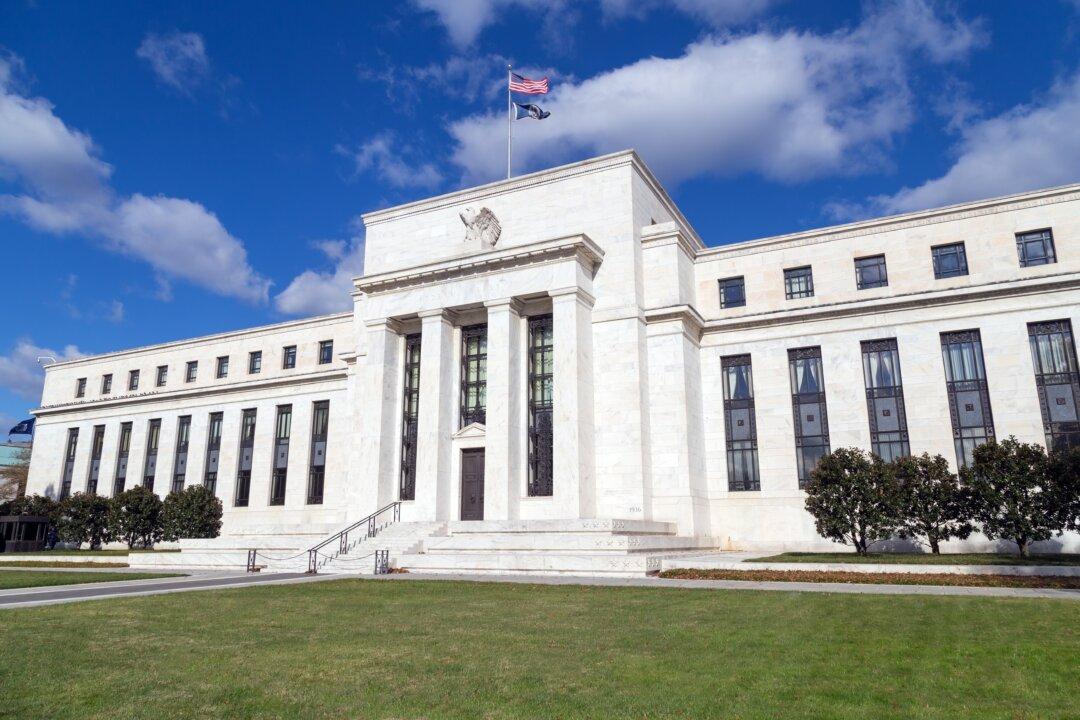The credibility of government data on economics has come into question in recent years. It consistently underestimated inflation and overestimated gross output. Labor data has been internally contradictory. Factory orders and retail prices have been reported in nominal terms, which makes no sense in a high-inflation environment.
With sagging credibility of this source, many people turned to a long-running survey of consumer sentiment put out by the University of Michigan and its Institute for Social Research, which runs its survey. We’ve never had reason to wonder about it. It has seemed credible and reliable and many large forecasting firms and corporations subscribe to its data.
But earlier this year, even as the new president declared a new Golden Age, the survey began to plummet and then fall even further. As I write, the national press is packed with articles on the sadness of the consumer and the economic pessimism of the public. It seems to be in free fall. This has coincided directly with the changing of the guard in Washington, D.C.
It’s the same with inflation. The pace at which prices are going up suddenly cratered after Trump’s inauguration. We have rounded the corner, from inflation that was hovering in double digits (by some measures) down to a real-time inflation rate of 1.4 percent. This low rate has persisted despite constant warnings that the trade wars and tariffs are going to boost prices. The inflation problem seems to be tackled from what the data tell us.
But not with the University of Michigan’s survey. Here you get something entirely different. The public is suddenly and implausibly panicked about inflation.
Does any of this make sense? Not really. Maybe the consumer is just now waking up from a long nightmare and is engaged in some kind of psychoanalytic exercise of recalling repressed memories. I’m not even saying for certain that these surveys are necessarily wrong, but merely that they seem strangely anomalous.
A possible explanation is one that has emerged given the hyperpartisan times and the domination of the news by politics. It’s possible that none of this is real, but rather reflects merely partisan perceptions and judgements. The data seems to bear this out. Democrats are wholly responsible for this pessimism and this is mitigated by the optimism of Republicans. That’s very telling.
Incredibly, this huge partisan divide even affects the outlook on inflation, with Democrats gloomy and Republicans highly optimistic.
If this is true, however, that raises fundamental questions about the credibility of the survey itself. Maybe it is not revealing key economic truths otherwise inaccessible. Maybe it is no better than a typical political poll, merely reflecting contradictory media sources and broadcasting out their propagandistic pushes. In other words, maybe this survey doesn’t tell us anything other than that people have differences of opinion on matters relating to politics.
If so, it could be subject to manipulation, as with all such services. That caused me to look into whether and to what extent the University of Michigan and its Institute for Social Research are funded by government. As it turns out, they are, and rather heavily.
The university itself received $321 million in state funding, with many federal grants, while the ISR receives a significant portion of its funding from the National Science Foundation and National Institutes of Health. Just because it is not government-run does not mean it is not government influenced.
To be sure, the Consumer Survey itself claims to be entirely self-sustaining from subscriptions but releases no public confirmation of that. What’s more, money going to an institution is always fungible: that which funds one line of operation frees up resources for another line of operation. The relevant question is not whether the survey itself gets government grant money, but whether the survey could function as it does in the absence of the grant money that goes to the institutional parent. We do not know the answer to that.
Adding to this problem is the issue confronting all surveys these days. Too often, people answer in the way they believe they are supposed to answer rather than what they really believe. This is why the prediction markets have tended to be more reliable than most political polls. The latter are just too easily reflective of media priorities rather than underlying realities.
Why precisely we’ve long exempted this University of Michigan poll from the critiques offered of most polls is unclear. It likely traces to two crucial facts in this case. First, it is not a government-run source so there is the assumption that it is more independent. Second, it is run by a university which heretofore has been presumed to be more scientific than other sources.
A closer look reveals a more complicated picture. The survey’s parent institution does indeed receive substantial government funding. What’s more, a survey is a poll and only as credible as the people given answers to the pollster. That is to say, the entire enterprise can become as manipulated as any data source these days.
In the end, this survey is not testing or discerning anything real. It is only registering vague opinions, which turn out to be largely influenced by political bias. This is why none of the actual economic data seems to be reflective of the survey that has received so much media attention.
Is this just another case of a media campaign using fake science to back a political narrative? I cannot say for certain but the earmarks are all there, exactly like we’ve come to expect from so many other sources of information.
Are we really supposed to believe that consumers had growing and roaring confidence from 2022 until the day Trump was inaugurated, at which point consumers fell into despair compared with 2020? When it comes to this much-respected source, there is plenty of room for doubt.











